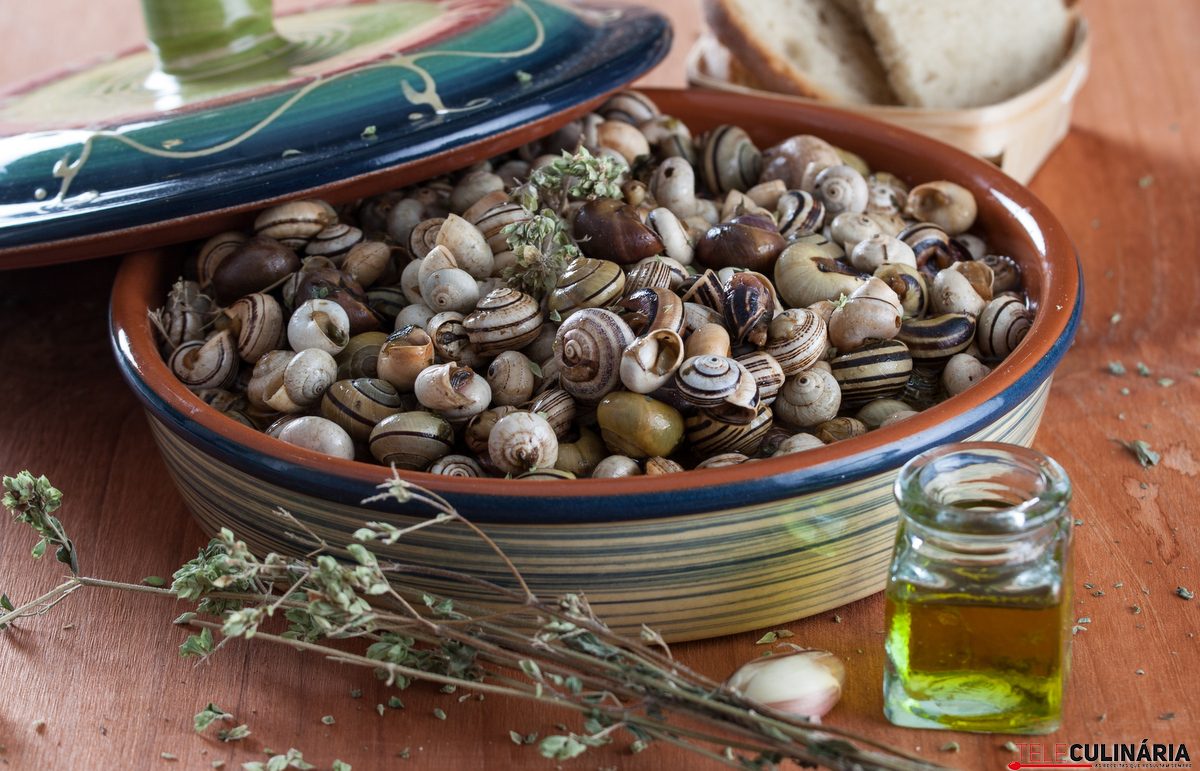In many parts of the world, invertebrates such as snails provide a source of sustainable protein. IGGPPC staffer Mafalda (@JustCombined) shares a little bit about the traditional Portuguese caracoletas, or cooked snails!
The technical name is heliciculture, but in practice it is snail production. The holiday snack of many Portuguese can be an interesting business, especially the big snails (caracoletas). The size of these large snails allows income throughout the year, and at a price that compensates for its exploitation in captivity without damaging the wild snails population. Steady income while maintaining wild populations through sustainable farming is a win-win.
The production is made with care and respect to the animals, in greenhouses that allow for continuous production. Cabbages and turnips are planted in the plots, and to improve the stiffness of the shell, some flour rich in calcium is also used.
Each snail lays about 100 eggs, although the number can range from 80 to 150. The snails’ natural reproductive process is violent, and it usually happens only once in a lifetime. In some cases in which it occurs a second time, but the producers try not to allow this, again to respect the animals.
At least, here in Portugal, all producers do their best to respect the animal. This isn’t news, for us at least, because we tend to give all of our traditions all the love and care that we can.
And now the traditional Portuguese caracoletas recipe!

Ingredients:
- 1 kg of snails
- 1 cube of beef broth
- 3 cloves of garlic
- 0.5 dl of olive oil
- 1 bay leaf
- Dried oregano q.s.
- Salt and piripiri q.b






Leave A Comment
You must be logged in to post a comment.